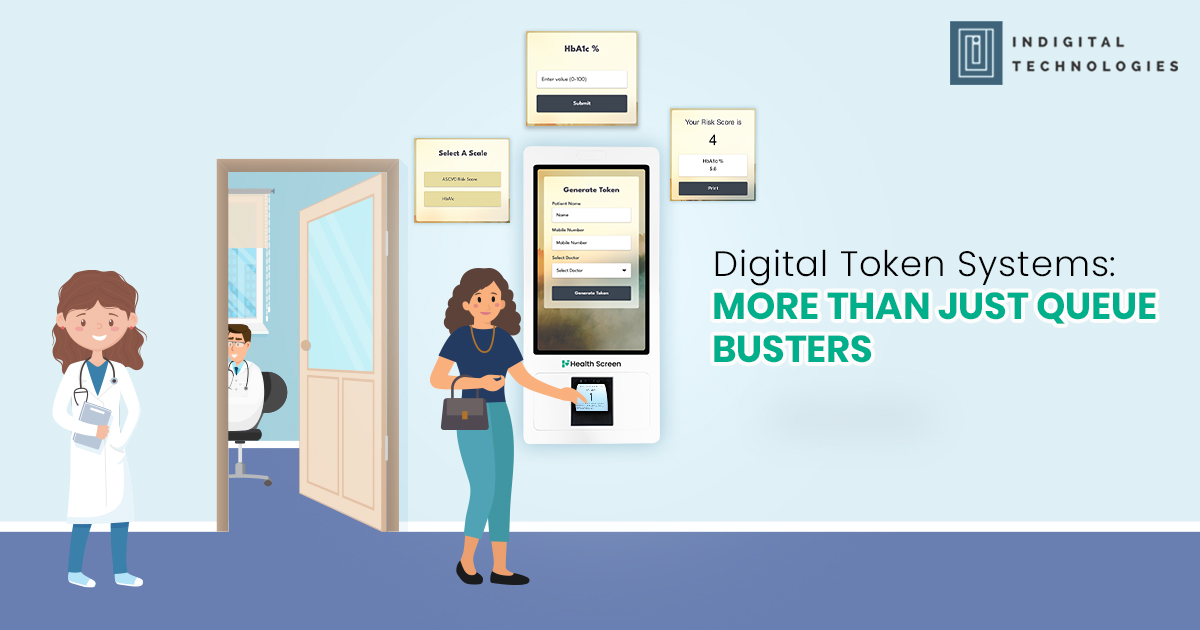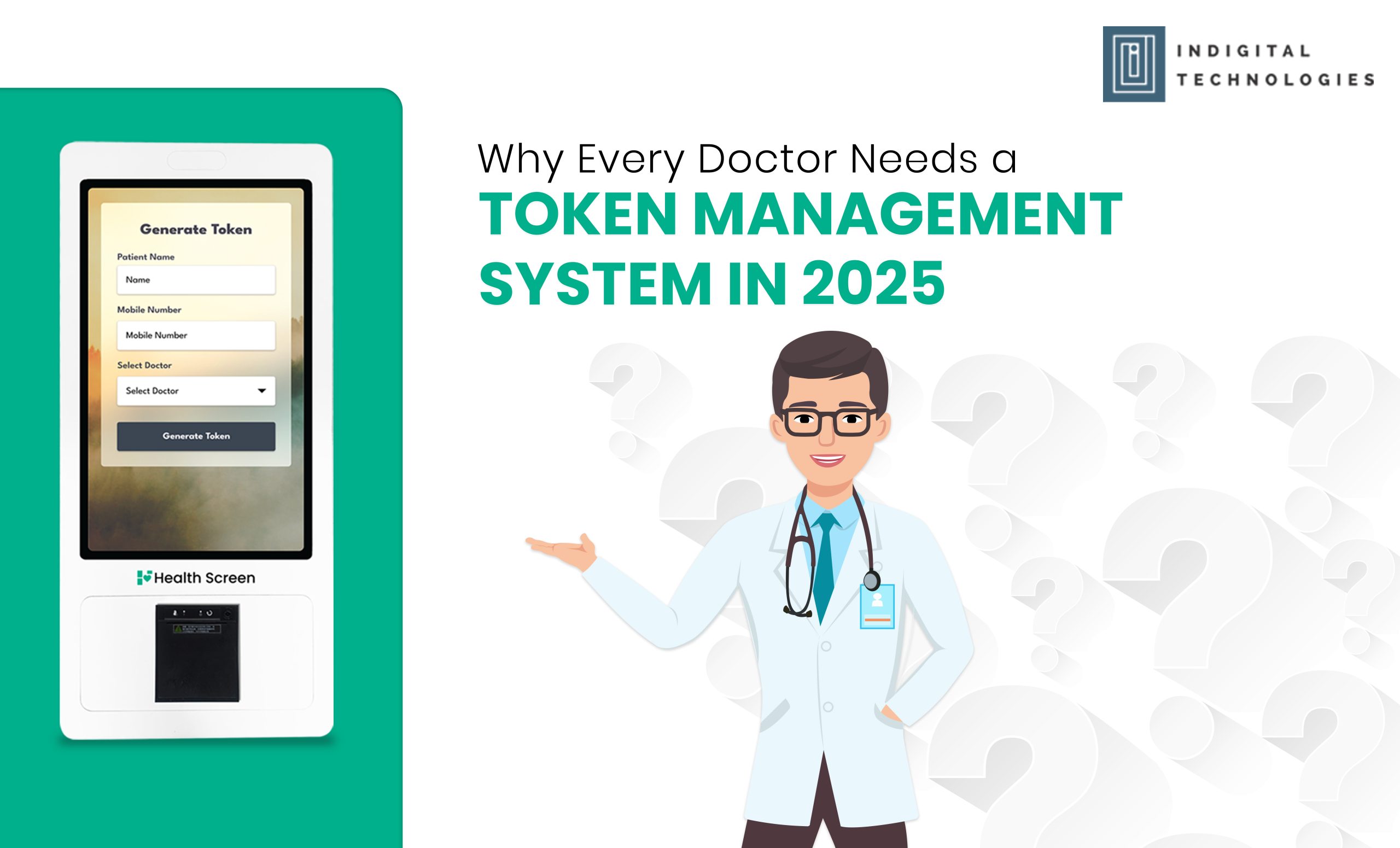Token systems were once seen as simple tools—just a way to manage patient queues and reduce waiting room chaos. But today’s digital token systems are far more than electronic number dispensers. They are quietly revolutionizing how clinics function, how patients are engaged, and how pharma brands stay relevant inside OPDs.
In short, they’re the unsung heroes of modern healthcare operations.
1. From Chaos to Clarity
Let’s face it—manual queues can be messy. Patients crowd the reception desk, multiple calls for the same token cause confusion, and time is lost in managing footfalls.
Digital token systems change this. With automated counters, real-time display screens, and voice prompts, they bring order, transparency, and predictability into the OPD workflow.
✅ Smoother check-ins
✅ Reduced staff workload
✅ Less stress for patients and doctors alike
2. Efficiency That Goes Beyond the Waitlist
What sets advanced token systems apart is their ability to track and analyze patient flow patterns. Clinics can now understand:
- Peak hours
- Average wait times
- Doctor consultation durations
- Missed or skipped tokens
This data helps optimize staffing, reduce bottlenecks, and streamline appointments. The result? A clinic that runs like a well-oiled machine.
3. Turning Wait Time into Value Time
Idle waiting rooms are a missed opportunity. Today’s digital token screens don’t just show numbers—they display educational videos, health tips, and branded awareness content in regional languages.
Patients stay engaged, informed, and entertained while they wait. Clinics benefit from better patient satisfaction, and pharma brands get an ethical, high-dwell-time space for visibility.
4. Empowering Patients with Transparency
When patients know their place in the queue and can see it live, it reduces frustration. A simple display screen showing “Token 23 now consulting” can calm nerves and increase trust.
Digital tokens also offer flexibility—patients can register via touch screens or mobile apps, receive SMS updates, and even get estimated wait times.
It’s not just convenience. It’s empowerment.
5. Making Doctors’ Lives Easier
For doctors, digital token systems mean:
- No interruptions from staff asking “Who’s next?”
- A steady, organized flow of patients
- More time for focused consultations
When paired with digital health dashboards, these systems can even provide pre-visit patient information, risk alerts, or consultation notes—saving even more time.
6. A Powerful Platform for Pharma Engagement
Pharma teams often struggle to build meaningful presence in clinic spaces. But with the right digital token systems, pharma can provide value-driven branding through:
- Health education segments on the token display
- QR codes linking to therapy support tools
- Product explainers shown during wait periods
This approach is subtle, useful, and memorable—a sharp shift from traditional product pitching.
7. Built for Indian Clinics
The best token systems are designed for India’s diverse clinic environments—from high-volume city centers to smaller regional practices. They support multiple specialties, multilingual displays, touchscreen interfaces, and even operate in low-bandwidth conditions.
They don’t just solve a queue problem. They elevate the entire clinic experience.
Conclusion: It’s Not Just a Number. It’s a System That Works.
Digital token systems are no longer optional—they’re infrastructure. What began as a way to manage queues has evolved into a tool for workflow optimization, patient engagement, and even brand storytelling.
For doctors, they mean better time management. For patients, peace of mind. And for pharma, an opportunity to support both—by being part of the engagement ecosystem.
Because sometimes, the smallest changes—like a smarter queue—create the biggest difference in care delivery.





